Cookbook Club #22 // Mister Jiu’s in Chinatown, My Shanghai and Xi’an Famous Foods coming in hot!
Kristina here! We are back. Back with Cookbook Club after giving Gaby well-deserved maternity leave to gaze at and get to know her beautiful little Poppy. She also got to settle into her newly remodeled home and kitchen which you can catch on her instagram feed here.
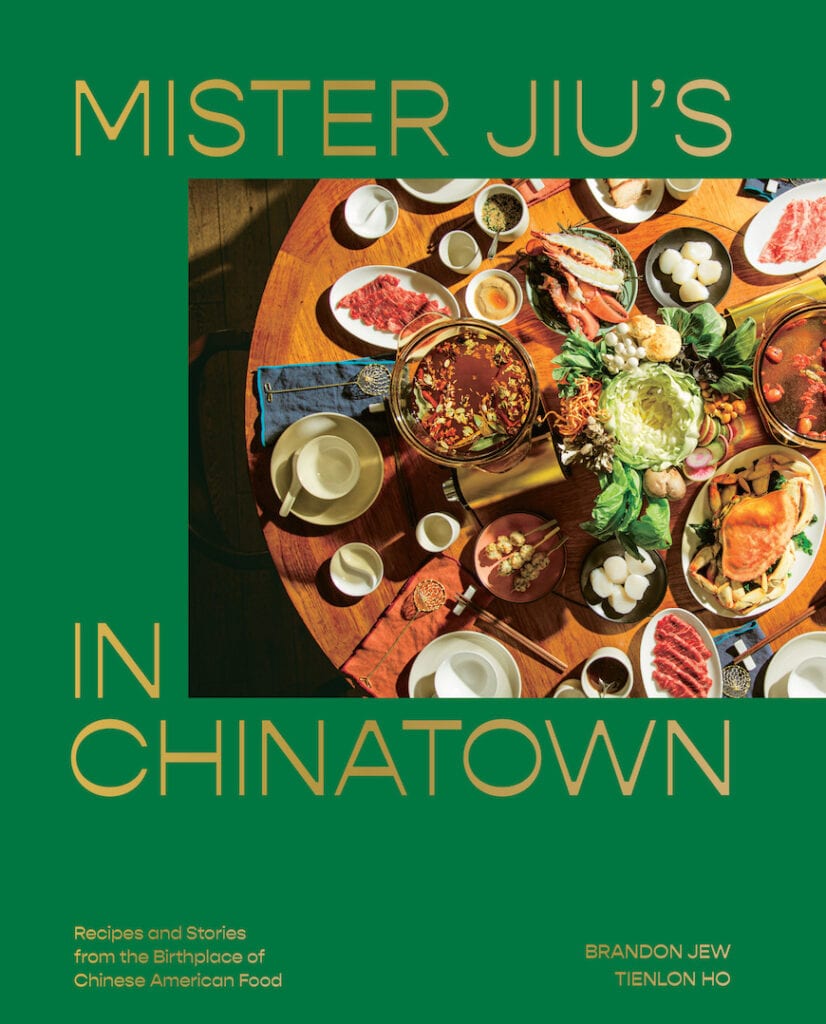
Before maternity leave, Gaby and I had planned to share books for the Lunar New Year (February). These books weren’t released until March, however, so that is where we will pick up. Plus raise awareness of the history of Chinese American cuisine in the United States, the home cooking of Chinese immigrants from Shanghai, and the cooking of Xi’an. We believe that these three books each share a unique perspective of the Chinese experience in America, through the lens of food. We also felt that it was important to keep our plans for these books in light of the massacre of eight people in Atlanta in March. Six of the victims were of Asian descent, and two were white. Seven were women. Their names were Soon Chung Park, 74; Hyun Jung Grant, 51; Suncha Kim, 69; Yong Ae Yue, 63; Delaina Ashley Yaun, 33; Xiaojie Tan, 49; Daoyou Feng, 44; and Paul Andre Michels, 54. These aren’t the first or even the most recent victims of xenophobia and hate directed at Asians, Asian Americans and Pacific Islanders in the United States over the past year.
We would encourage you to explore how you may best help Stop Asian American and Pacific Islander hate which has increased by 3800 percent since the beginning of the pandemic. I’ve spent time reading all the posts that cross my feed on Instagram, and though I contributed to a non-profit, one of the most compelling resources I found that would enable me to personally make a difference was bystander intervention training. There is a free course offered by Hollaback here in conjunction with Asian-Americans Advancing Justice (AAJC). They also offer bystander intervention training for gender harassment.
The main book we are sharing is Mister Jiu’s in Chinatown: Recipes and Stories from the Birthplace of Chinese American Cuisine by Brandon Jew and Tienlon Ho. This is the story of Brandon’s journey to start the third restaurant ever to exist at 28 Waverly in San Francisco’s Chinatown, an address that was the center of the Chinese American community dating back to the mid-1800s. Mister Jiu’s represents what Brandon learned through his professional career, his personal travels, and from eating with Ying Ying (the name for his family’s paternal grandmother in Toisanese).
Many recipes in this book are not beginner level recipes, however there are many accessible elements (sauces, oils, spice mixes, doughs) and recipes which can be easily made and techniques which can be mastered for the dedicated home cook looking to expand their current capabilities.
You can order Mister Jiu’s in Chinatown from Bel Canto Bookshop in Long Beach, California. And now… a little Q+A with the authors:
Brandon (B) and Tienlon (T) answer questions here:
What’s your favorite recipe in the book and why?
- B: It’s hard for me to pick a favorite but I really like the fried chicken recipe because it came from the restaurant before us and I think it is a very unique Chinese technique.
- T: For its ties to so many aspects of Chinese and San Francisco Chinatown culinary history, for Brandon’s creativity, for not apologizing for its complexity, and for pure eating and visual pleasure—the Liberty Roast Duck.
What was the most difficult dish to adapt for the book and why?
- B: There were a couple of dishes I was hoping would be in the book, like the Cold Beef Tendon, but in the end it really is a dish that would be hard to source and hard to execute because we use a commercial slicer to get it into thin sheets.
- T: I’ll let Christine Gallary, our recipe developer take this one. Christine Gallary: The white-cut chicken galantine. It requires mean butchering and charcuterie-making skills that are really technical in nature, from deboning a whole chicken while keeping the skin intact, to making a mousse-like filling that you roll up in the skin. It’s just something home cooks don’t usually make, so we all spent a lot of time figuring out how to show the process through photos and clear details.
For someone who’s never eaten at your restaurant, what recipe would you tell them to cook first and why?
- B: I think I would have them try the cheong fun recipe. Making a fresh rice noodle is really magical and versatile in what you can accompany it with. I gravitate to getting the freshest local seafood you can get and usually the delicateness of the noodle and the seafood complement each other.
- T: Steak Fried Rice. It’s a dish everyone knows from their own local Chinese spot, and this recipe will quickly explain not only how much goes into Mister Jiu’s cooking but into good wok cooking in general.
A recipe from your book that can be ready to serve within 30 mins
- B: The prawn toast is a simple and satisfying appetizer that doesn’t require a lot of prep. Also for a larger dish, the sizzling fish dish is more about the technique of steaming with the finish of hot peanut oil over the scallions and ginger.
- T: The recipe Tendrils, Greens, and Stems recipe lists 11 different possible vegetables, but it’s really a techniques lesson that once learned can be applied to whatever greens you want to cook in a wok in less than 20 minutes.
What is your favorite flavor combo?
- B: Surf and turf in multiple forms.
- T: The Cantonese combo of sīn tìhm, which is the savory and sweet flavor, say, of incredibly fresh fish. It’s not something you can create with a mix of spices or seasonings. It’s all in finding the ingredient at its best. You hear it uttered by happy guests wherever good Cantonese-style cooking is served.
Three ingredients that are always in your kitchen?
- B: Ginger, scallions and soy sauce
- T: Ginger, sesame oil, and cream.
Mister Jiu’s is a Michelin-starred restaurant. How did you choose which recipes made it into the book?
- B: It was a lot of back and forth because we really wanted to find a balance of what we do at the restaurant but what was realistic for someone to recreate at home. In the end, I was happy with what we were able to advocate for with Ten Speed and the recipes we adapted for the cookbook
- T: After some discussions on the scope of the book with our publisher and a lot of preliminary discussions on what made sense to us, Brandon came up with an initial list of dishes that followed the rough order and categories of a Chinatown banquet menu. After that, we shaped the list through many, many team discussions about things like the balance of ingredients, equipment, and techniques, as well as representation of the different waves of arrivals who made Chinatown home and Chinatown’s history in general. Ultimately, though, each recipe had to really mean something to Brandon and Mister Jiu’s.
And then a ‘lightning round’
The one dish you can never say no to?
- B: Mapo tofu.
- T: Crab. Any really but especially Chesapeake blue crab.
The one dish you will always say no to?
- B: Monte Cristo
- T: Raw oysters. I love them so much, but perhaps that’s why I’ve developed a terrible allergy to them.
Pizza, Pasta, or neither?
- B: Pizza
- T: Pizza. Unless the pasta is actually mian (面).
Cookies with or without nuts?
- B: Without, unless they are pistachios or macadamia.
- T: Without.
Beer, Wine, Cocktail or…?
- B: Highball
- T: Tea.
If you could travel one place in the world to eat, where would you go?
- B: Yunnan
- T: To my parents’ kitchen in Columbus, Ohio. I wish everyone who hasn’t been able to see their families this year, a chance to be near them again soon.
Two other books to explore Chinese food from two different regions in China and two different experiences, one a first generation Chinese American and one an immigrant who parachuted into middle America at age 8. My Shanghai by blogger and surgeon, Betty S. Liu is about the cuisine she grew up eating and learned from her mother once she went to live on her own.
Xi’an Famous Foods, by Jason Wang with Jessica Chou, is the story of Jason’s journey from Xi’an to the US and the creation of the restaurant “Xi’an Famous Foods”. The recipes include the Western Chinese noodles, dumplings and ‘burgers’ served at the fast casual restaurant as well as the many other recipes that Jason’s father has wanted to share with diners for many years.



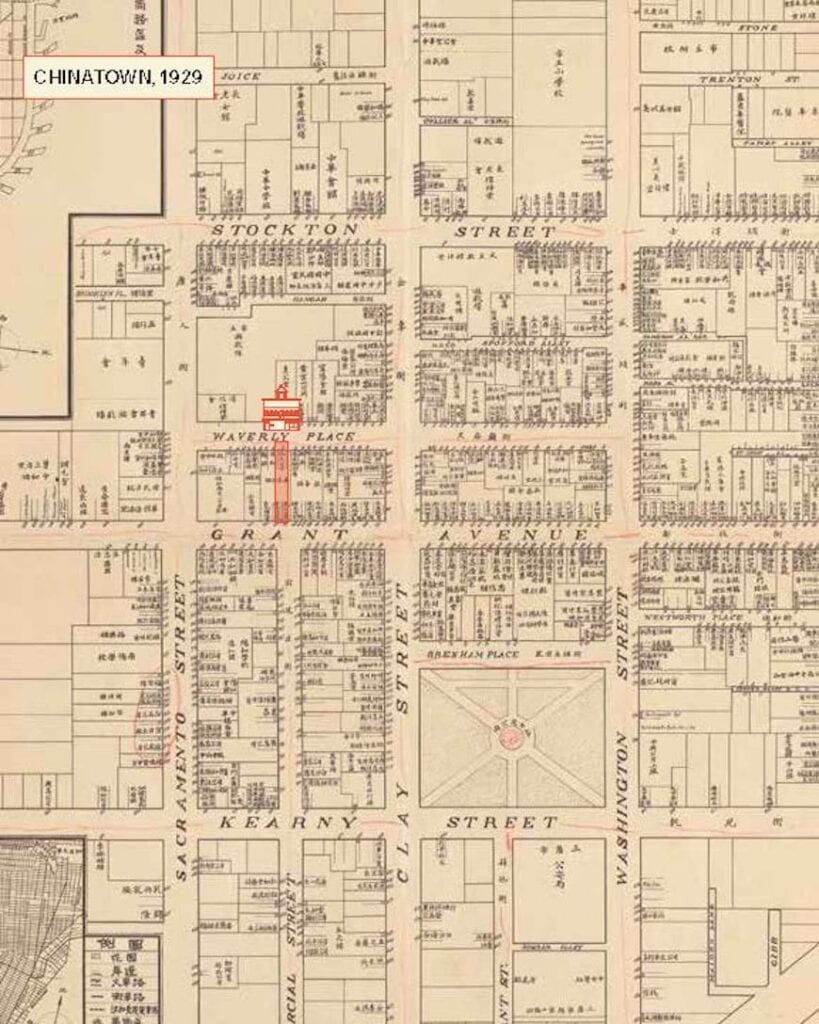
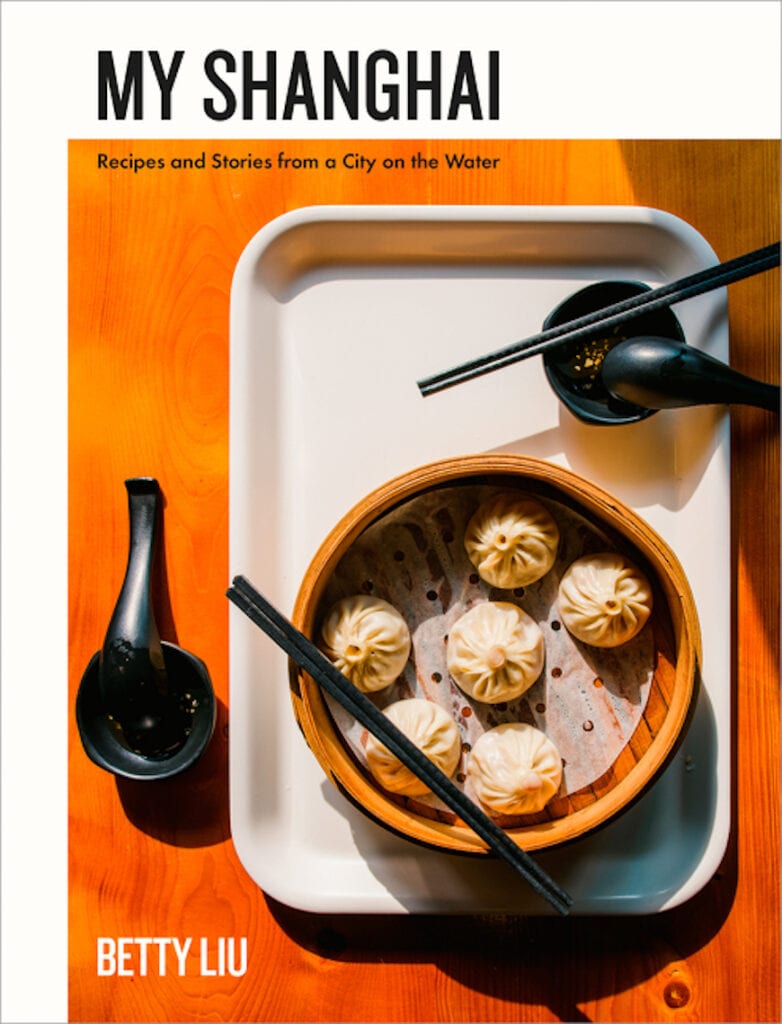

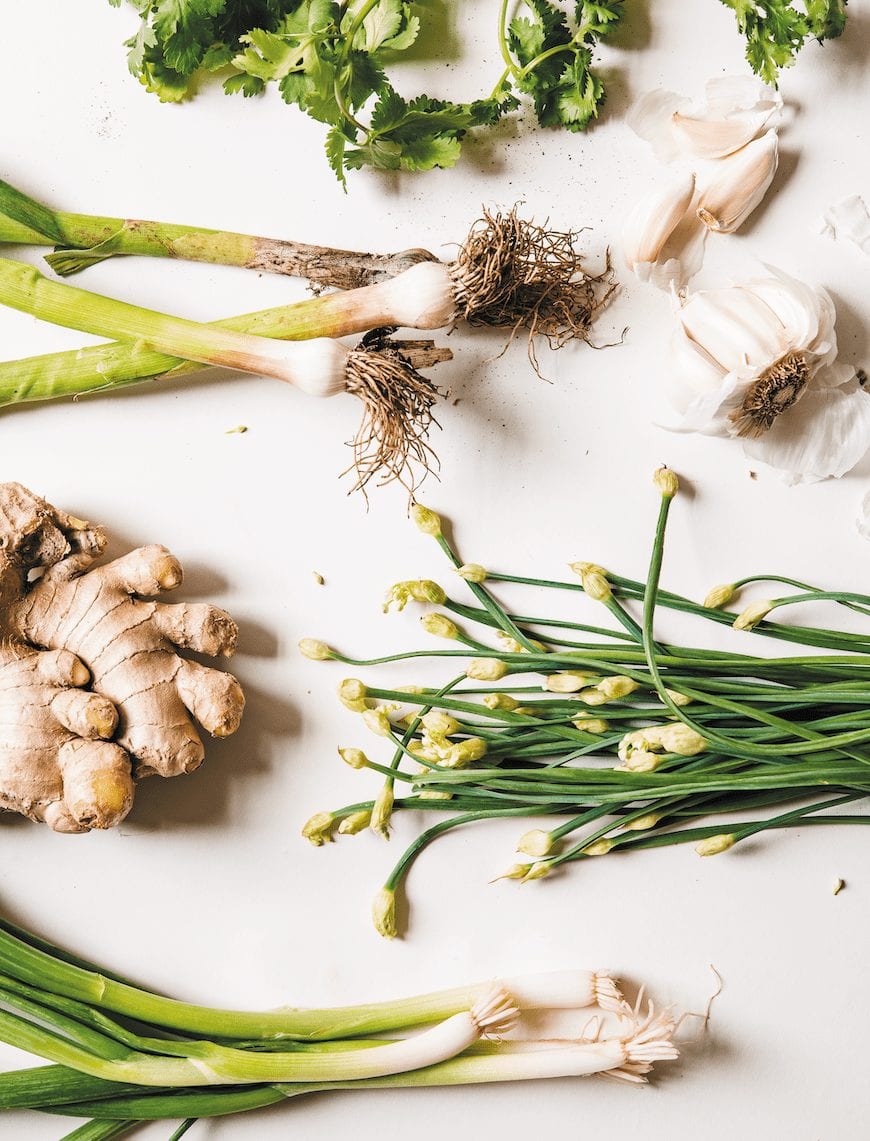



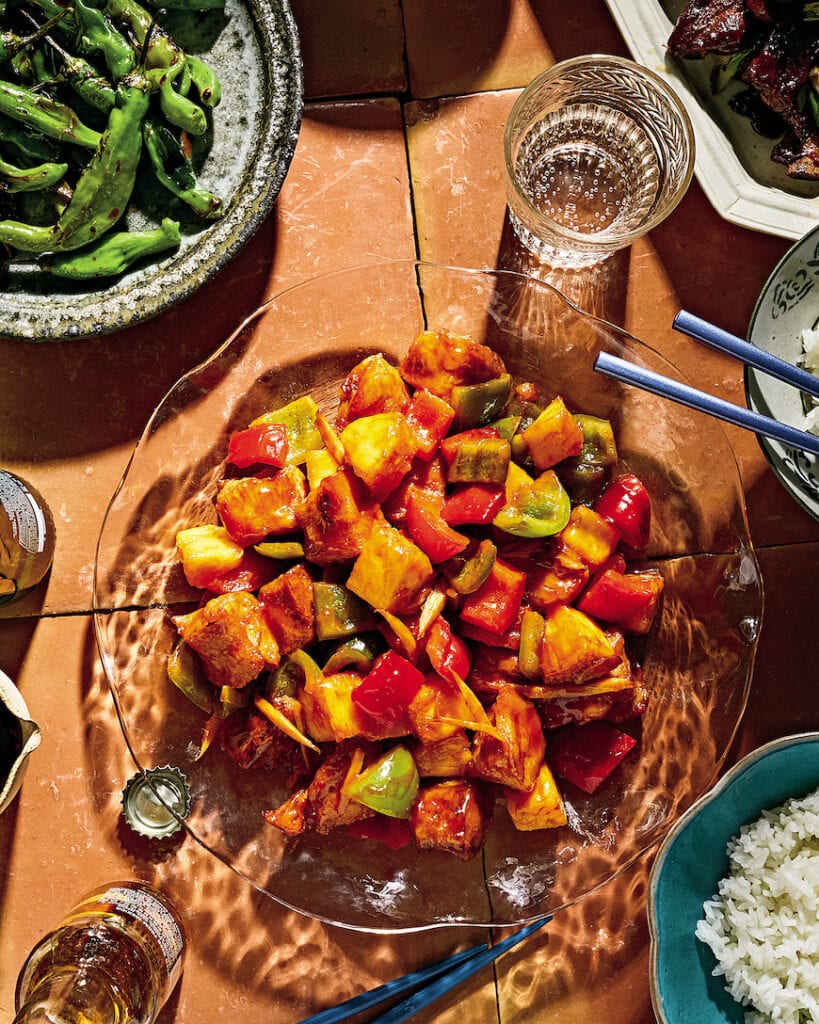
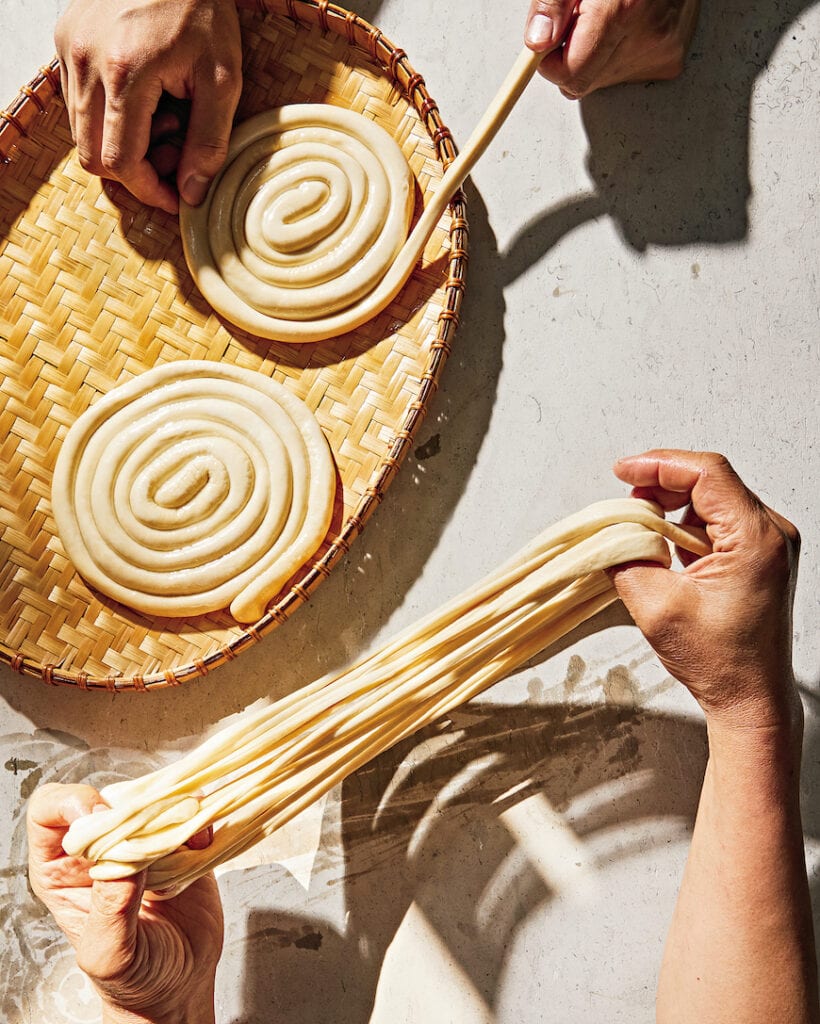







Can’t wait to try some of these, especially the sauces!!
So happy to see these books part of book club! I discovered Brandon through Padma’s Hulu show (highly recommend folks check it out) and am excited to check out his cookbook. I’m a HUGE Xian fan and have only tried to make a couple of recipes so far (spicy cucumber salad, hand pulled noodles etc). I have a feeling some of Betty’s recipes will remind me of my grandmas cooking. Looking forward to diving in!
I LOVED Padmas show!! Cant wait for season 2